How to buy a new HDTV without getting ripped off
It’s the holiday season, and whether you’re heading out with the unstoppable horde of shoppers on Black Friday, or purchasing gifts online from the comfort of your home — or, let’s be real, your office — one of the most lusted after big-ticket items will be TVs.
Every brick-and-mortar store and online retailer is sure to offer some kind of ridiculous discount on televisions. But before you head out for that new TV there are a few things you need to keep in mind: like that curved screens are useless and how paying for a 4K display isn’t worth it if your TV isn’t larger than 50 inches. Oh, and avoid smart TVs. They’re just plain dumb.

You know what, just follow these tips and thank me later.
Bigger is better, except when it’s not
If you’re in the market for a TV, the biggest decision you’re going to have to make is its size. Too big and it’ll dominate your room. Too small and you’ll spend most of your time squinting at the screen.
A number of publications point to specific formulas you can use to determine what size TV you should buy, depending on how far you’re sitting from the screen. And while they’re all helpful, the truth is your best bet is to simply go with the biggest TV that fits your particular room.
You can, for example, cut a piece of cardboard into the same dimensions as your potential set and pin it to your wall to see if you’ve got the right size TV. If you don’t have cardboard handy — because why would you? — you can use a tape measure to get a rough idea of how large your prospective television will be.
Resolution: Push it to the limit
Screen resolution all comes down to how close you’re planning to sit to your TV. That’s because the closer you are to the screen, the easier it is to see individual pixels — and seeing pixels ruins the image. Conversely, the farther away you sit, the harder it is to see pixels.
Older and cheaper sets that are 40 inches or smaller may still feature a resolution of 1280 pixels wide x 720 pixels high — referred to as 720p. Most sets larger than 40 inches bump the resolution up to full HD: 1920 pixels wide x 1080 pixels high (1080p). The majority of screens you’ll see this year that are 50 inches and larger will sport resolutions of 3840 x 2160 pixels, commonly known as 4K.
I sit aggressively close enough to my 42-inch 1080p set — like close enough to reach out and touch it — and I can barely make out individual pixels. If it were a 720p screen, though, chances are I’d be seeing those pixels all the time.
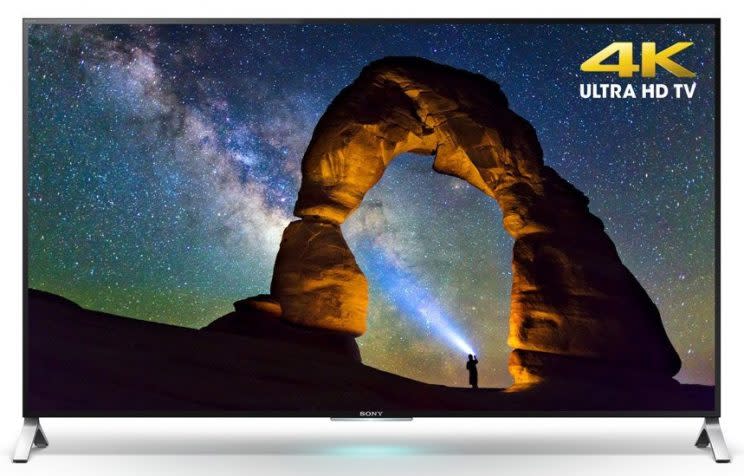
What about 4K TVs? Good question. A 4K screen has four times the resolution of a full HD display. That means images look sharper when viewed up close compared with a similarly sized 1080p screen.
But unlike me, most folks don’t watch TV at arm’s length. People usually sit about 8 to 10 feet from their screen, which makes seeing individual pixels on a TV with a 1080p resolution nearly impossible.
So, if you’re getting a 50-inch or smaller TV, 1080p is still totally fine. In fact, as CNET points out, it’s actually hard to see the difference between a 1080p and 4K even when sitting 8 feet from the screen.
Bottom line: If you can buy a 4K panel for the same price as you were going to get a 1080p panel, go for it. But if you’re shopping for a TV that’s 50 inches or smaller, and the 4K option is pricier than the 1080p version, go with the 1080p set.
HDR makes for beautiful colors
This year you’ll likely see a lot of HDR, or high-dynamic range, TVs. This isn’t some nonsense technology like 3D, though. HDR TVs actually provide a major boost to image quality versus non-HDR sets. In fact, it’s more of a benefit than even 4K resolution.
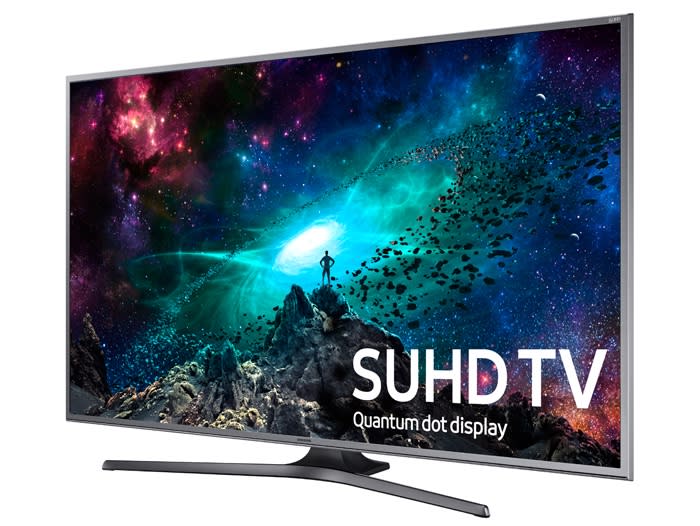
That’s because HDR TVs are capable of displaying deeper blacks and brighter whites than standard TVs. They also offer wide color gamuts, meaning these TVs can show more colors than their predecessors. The difference is striking when you see it in person. So far, there isn’t much content that supports HDR technology, but it’s coming, and fast. In fact, both Microsoft’s (MSFT) Xbox One S and Sony’s PlayStation 4 Pro support HDR, as well as 4K. And Netflix (NFLX) is now offering HDR content.
In other words, if you’re shopping for a TV and want it to be relatively future-proof, make sure it’s an HDR TV.
Refresh rates aren’t what they seem
Outside of resolution, the next most confusing number you usually see when shopping for a TV is refresh rate. Expressed as hertz (Hz), refresh rate is the number of times a TV refreshes the image on the screen each second.
The higher the refresh rate, the smoother onscreen movement looks. The lower the refresh rate, the jumpier movement looks.
The refresh rate standard for TVs is 60Hz, or 60 times a second. To improve image quality, manufacturers can increase refresh rates to 120Hz or 240Hz.
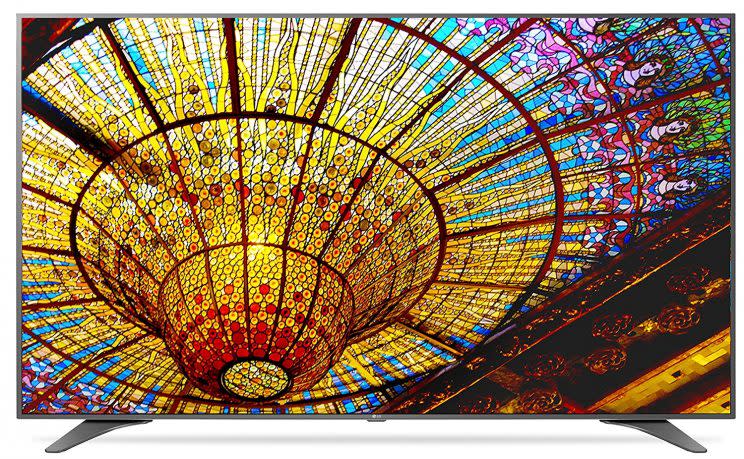
But the refresh rate you see listed on the box isn’t always the TV’s actual refresh rate. Because TV makers know that most people equate bigger numbers with higher quality, they use different techniques to come up with ridiculously high refresh rates that don’t make any sense.
CNET has a fantastic breakdown of this, explaining how companies like LG, Panasonic, and Samsung use marketing language like TruMotion and Image Motion to fudge their TVs’ refresh rates to higher numbers.
If you can find a TV with a 120Hz refresh rate, that’s the way to go. But before you buy, make sure that when the box says the refresh rate is 120Hz, it really is 120Hz. You can usually do this by checking your TV’s technical specifications. Just make sure you’re looking at the real refresh rate and not the “effective refresh rate.” If you can’t find the actual refresh rate, check out CNET’s post or Rtings.com.
LED or OLED?
The two most common TVs on the market are LCD sets with LED (light-emitting diode) backlights, which we’ll just call LED TVs, and OLED (organic light-emitting diode) TVs. So what’s the difference besides one word? Light, or rather, how they produce it.
LED TVs create images onscreen by passing light through a series of red, green, and blue pixels. Some manufacturers place LEDs on the sides of their TV (edge-lit LEDs), while others use full-array backlighting, which puts the LED backlight directly behind the screen.
Some screens feature a technology called local dimming, which allows the TV to brighten or darken the backlighting in parts of the screen to make images look lighter or dimmer depending on what you’re watching.
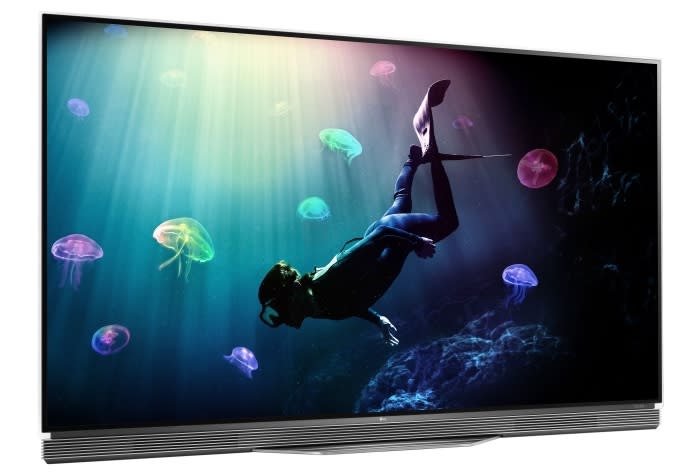
Both edge-lit and full-array LED TVs can use local dimming, but full-array TVs offer a better visual experience, as they are able to better control which parts of the image they lighten or darken.
Unlike LED TVs, which use a backlight to light its pixels, the pixels in an OLED TV light themselves. That means they can also turn themselves off completely, which improves power efficiency and allows for dynamic colors and incredibly deep blacks. The images truly are spectacular.
But OLED screens can’t get as bright as LED TVs. So if you like to watch TV during the day or with the lights on (like, say, during a major sporting event), you’re going to want an LED TV. What’s more, OLED TVs are still from two to three times more expensive than comparable LED TVs, putting them out of the price range of most consumers.
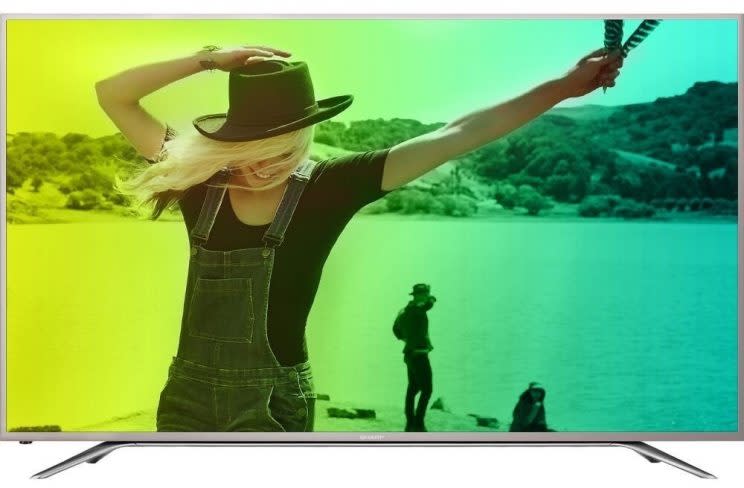
Companies like Samsung and LG also offer LED TVs with special “quantum dot” screens that are supposed to offer color quality comparable to OLED panels. See, regular LED panels produce light using a blue LED covered in yellow phosphorus to create the illusion of a pure white light, which then passes through red, blue, and green pixels. But those colors don’t always look perfect and can appear dim.
Quantum-dot technology uses nanocrystals, which produce pure red, blue, and green pixels. The process results in more vibrant colors and deeper blacks that are nearly on par with OLED TVs but not nearly as expensive.
The bottom line is that if you’ve got the cash and want a TV that can produce blacks as dark as Cthulhu’s heart and colors as vibrant as the language you’ll be spewing at the screen when your team loses the big game, you’re going to want an OLED panel.
If, however, you don’t want to empty your bank account but still want a beautiful image, look for an LED TV with local dimming and full-array backlighting.
Smart TVs are dumb
TV manufacturers have been selling so-called smart TVs for quite some time, and none of them have been all that great. Smart TVs are televisions that come loaded with their own operating systems and apps like Netflix and Hulu, as well as sports and weather apps.
But by and large, smart TV software is clumsy and confusing. And even when that’s not the case, navigating menus and opening apps is often unbearably slow.
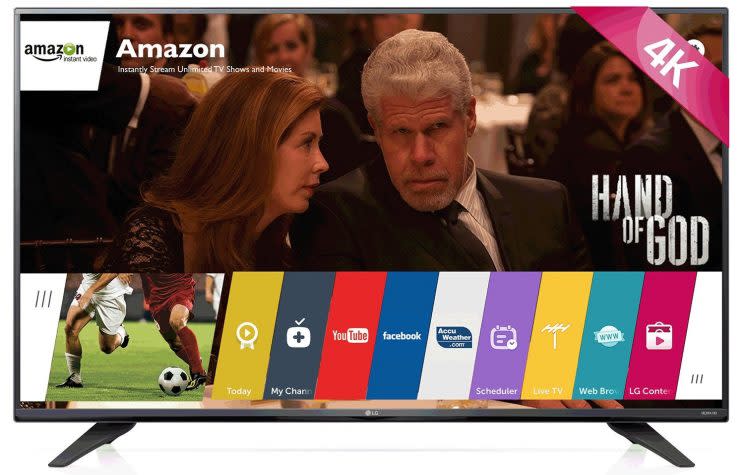
Instead of getting sucked into buying a smart TV, you’re far better off opting for a Roku, Amazon (AMZN) Fire TV, or Apple (AAPL) TV media streaming box. Such devices allow you to download more apps than those found on most smart TVs, providing you with more content, and are infinitely faster and easier to navigate.
What I’m saying is that there’s no reason to specifically shop for a smart TV. If the one you’re looking at happens to come with built-in apps and software, then by all means get it. Just make sure you also get a set-top box for those times when you actually want to “Netflix and chill.”
Leave curved flat
I’ve talked about the ridiculousness of curved TVs before, but in case you haven’t had the opportunity to read my previous rant, here goes nothing.
Curved TVs are silly and unnecessary. The reason they exist is to simulate the experience of watching a movie in a theater. But theater screens are curved for a reason: Projectors in theaters send light out from a central location, usually lined up with the middle of the projection screen.
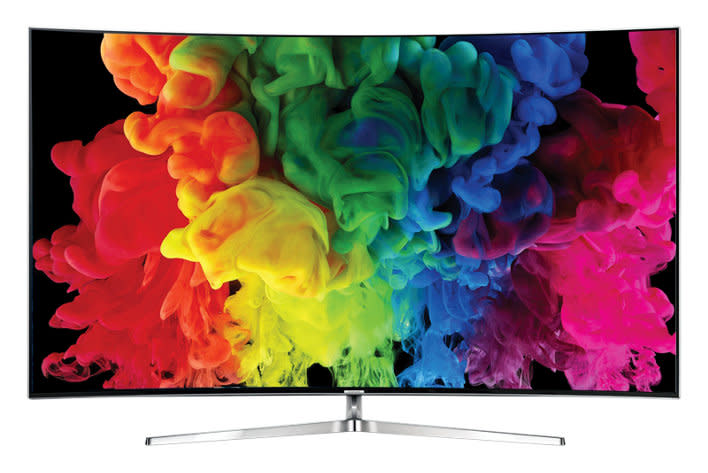
The screen curves toward the projector at the edges, to ensure that the light from the projector hits the screen at the same time in every spot. If it wasn’t curved, the image would look distorted.
A TV doesn’t have the same problem as a movie projector. In fact, curving the screen can just make it harder for people sitting anywhere near the middle of the TV to see the complete picture.
So just avoid the curve.
Now go forth on your shopping excursion, and stay safe out there. The hordes are hungry … for savings.
More from Dan:
‘Pokemon Sun’ and ‘Moon’ review: 20 years later and it’s still as addictive as ever
Why you might want to hold off on buying Google’s new VR headset
‘Call of Duty: Infinite Warfare’ review: The future is dated
Google Home review: A promising but unfinished smart home device
Email Daniel at [email protected]; follow him on Twitter at @DanielHowley.
